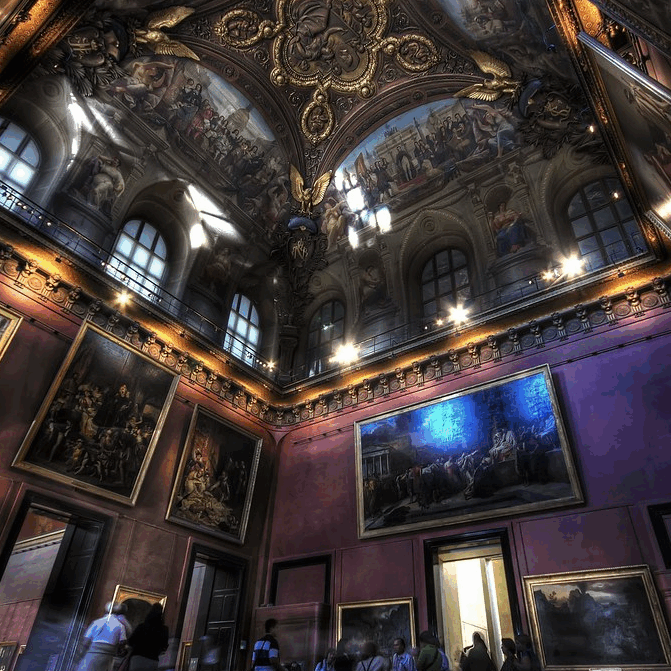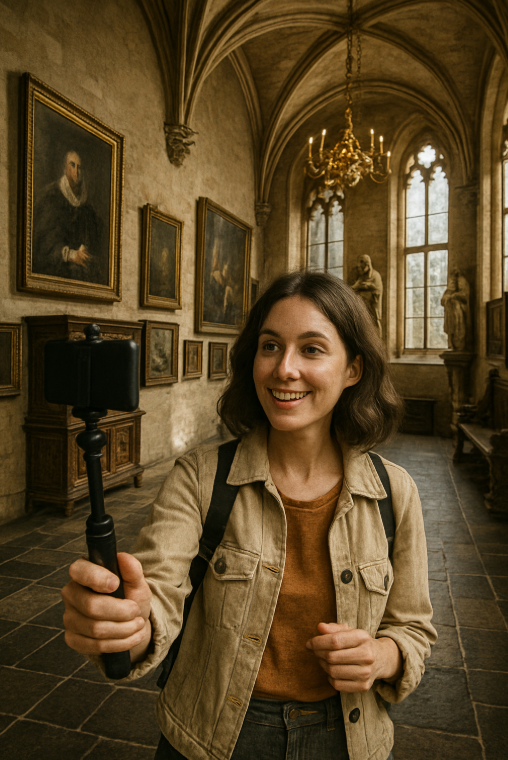For centuries, women’s contributions to the art world were often overlooked, marginalized, or entirely erased. Yet across Europe today, a growing number of museums and cultural institutions are working to correct this imbalance — not only by spotlighting the achievements of women artists from the past but also by championing the voices of contemporary creators. For travelers interested in both art and equity, these venues offer essential insight into how gender, identity, and creativity intersect.
A standout destination is the Musée de l’Orangerie in Paris, which features a dedicated space for the works of Marie Laurencin, a key figure in early 20th-century French modernism. While the museum is better known for Monet’s Water Lilies, Laurencin’s soft, dreamlike portraits offer an important counterbalance to the dominant male narratives of her time.
In Madrid, the Museo Nacional Thyssen-Bornemisza launched a long-term initiative titled “A Room of One’s Own”, focused entirely on increasing the visibility of women artists in its collection. From Renaissance painters like Sofonisba Anguissola to contemporary figures like Cindy Sherman, the museum weaves a narrative of resilience and innovation that spans centuries.
London’s Tate Modern frequently dedicates its headline exhibitions to women artists who have reshaped the field — from Agnes Martin’s minimalist abstraction to Yayoi Kusama’s immersive installations. Beyond the exhibitions themselves, the Tate’s public programming, talks, and educational materials delve into the systemic challenges women artists have faced and continue to confront.
The Stedelijk Museum in Amsterdam has taken a progressive approach to collection-building, actively seeking out works by women, nonbinary, and underrepresented artists. Its exhibitions have included retrospectives on figures like Marlene Dumas and Nola Hatterman, and often explore themes of gender, race, and identity in contemporary art.
In Scandinavia, the National Museum of Norway features an expansive and inclusive art collection. Among its highlights is the work of Harriet Backer, a 19th-century Norwegian painter who challenged gender norms through her compositions and teaching. The museum provides important context around the societal barriers women artists faced, particularly in northern Europe.
Specialized institutions have also emerged. The Women’s Museum (Frauenmuseum) in Bonn, Germany, is entirely devoted to the history and impact of women in the arts and society. Founded in 1981, it offers rotating exhibitions, symposia, and research initiatives that engage with feminist theory and creative practice.
These museums are not just about correcting historical wrongs — they are about expanding the conversation. They encourage visitors to question why certain voices were silenced, how aesthetic standards were shaped, and what stories remain untold.
Visiting such institutions offers more than appreciation — it fosters awareness. Through diverse mediums and eras, they illuminate how women have shaped culture, even when denied the spotlight. Their art is not ancillary; it is central to understanding the evolution of expression, politics, and identity.
As more institutions commit to equity in their curatorial practices, the landscape of European art continues to evolve — becoming more inclusive, more reflective, and ultimately more human.

